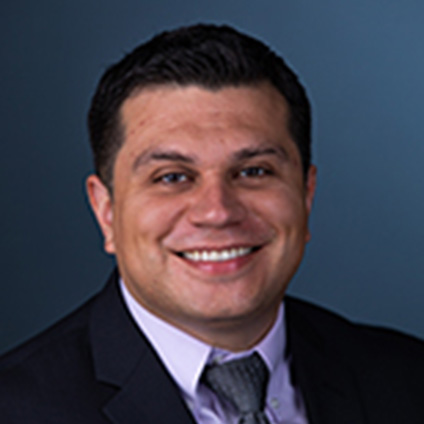Blog
Supporting Our Friends at LAUSD and Families Impacted by Wildfire
By Omar Gudiño, PhD, ABPP
Deputy Clinical Director and Senior Psychologist, Child Mind Institute
The wildfires in Southern California have devastated families, schools, and communities. As a long-standing partner of the Los Angeles Unified School District (LAUSD), we are heartbroken for their students, educators, and staff who are facing unprecedented challenges.
To help those affected, LAUSD has created an Emergency Relief Fund to provide immediate assistance to families and employees. Donations will also support the restoration of schools and classrooms to ensure students can continue to learn.
Here’s how you can help:
We also have a Trauma Guide available in English, Spanish, and 15 other languages. The guide was developed by psychiatrists, psychologists, and mental health experts who specialize in crisis situations. It offers simple tips on what to do, what to expect, and what to look out for in the long term. If you or your children require assistance from a mental health professional, do not hesitate to ask a doctor or other health care provider for a recommendation.
Here are a few tips from the guide:
Allow children to ask questions, and know that it’s okay to say, “I don’t know.” Children need someone they trust to listen to their questions, accept their feelings, and be there for them. Don’t presume all kids are worrying about the same things, and let your child know it’s normal to experience anger, guilt, or sadness, and express these feelings in different ways.
Help children relax with breathing exercises
Breathing becomes shallow when anxiety sets in. Deep belly breaths can help kids calm down. Try holding a feather or a wad of cotton in front of your child’s mouth and ask them to blow at it, exhaling slowly. Or place a stuffed animal or pillow on your child’s belly while they lie down and ask them to breathe in and out slowly, watching it rise and fall.
Realize questions will persist
Ongoing disasters and their aftermath include constantly changing situations, so children may have questions more than once. Let them know you are ready to talk at any time. Children process information on their own timelines, and questions might come up unexpectedly.
Watch for signs of trauma
Within the first month after a disaster, kids may seem okay or exhibit behaviors like crankiness or clinginess. Once the shock wears off, children might show more symptoms, especially if they witnessed injuries or death, experienced prior trauma, or are not yet resettled in a new home.
Take care of yourself
Caring for yourself is key to supporting your child. Practice deep breathing, and if anxiety feels overwhelming, seek help from a doctor, therapist, or someone you trust. Acknowledge when you need support and seek it—if not for yourself, then for your child’s well-being.
We can’t shield our children from pain and fear when they’re exposed to tragedy. But we can help them process what they’re experiencing in the healthiest way possible.
Thank you for joining us in supporting LAUSD as their community works to recover. Your care and generosity make a difference.

